Pipe repair and installation is a critical task for homeowners and businesses alike. From fixing broken pipes to installing new ones, pipe repair and installation is a complex and important job. When done properly, it ensures the safety and reliability of your plumbing system. In this comprehensive overview, we will explore the various aspects of pipe repair and installation, such as materials, tools, techniques, and more.
We will also provide tips on how to properly maintain your plumbing system in order to avoid costly repairs in the future. With this knowledge, you can ensure that your pipes are in great working condition for years to come. The first step in pipe repair and installation is to identify the type of pipe that needs to be repaired or replaced. Different types of pipes require different tools and techniques. Some of the most common types of pipes are copper, PVC, PEX, and galvanized steel.
Each type of pipe has its own unique properties and must be handled accordingly. Once the type of pipe has been identified, the next step is to prepare the area for repair or replacement. This may include clearing away any debris, inspecting for any damage, and checking for any leaks. After the area has been prepared, it is time to start the repair or installation process.
Depending on the type of pipe being used, different tools may be needed for cutting and joining. For copper pipes, a soldering iron may be used to heat up and join pieces together. For PVC or PEX pipes, a crimping tool may be necessary for making connections. In addition to these tools, a variety of other tools may be required depending on the scope of the project. Once all of the necessary tools have been gathered, the installation or repair can begin.
After the pipe has been installed or repaired, it is important to test it for leaks. This can be done by filling it with water or using a pressure testing device. If any leaks are found, they must be fixed before the system is put back into use.
Safety Precautions When Working with Pipes
It is important to take safety precautions when working with pipes. This includes wearing safety glasses and gloves to protect against any sharp edges or hot solder.It is also important to ventilate any area where soldering is being done to prevent inhaling any fumes. After completing any pipe repair or installation work, it is important to double-check all connections for leaks before putting the system back into use. Pipe repair and installation is an important part of a home’s plumbing system. It requires knowledge of the different types of pipes and the proper tools and techniques for each type. Proper safety precautions must also be taken when working with pipes.
Following these steps will help ensure that any pipe repair or installation project is successful. To maximize safety and efficiency, it is important to have a thorough understanding of the different types of pipes, the tools and techniques required for each type, and the safety precautions necessary for working with pipes. With this knowledge, homeowners will be able to confidently undertake any pipe repair or installation project.
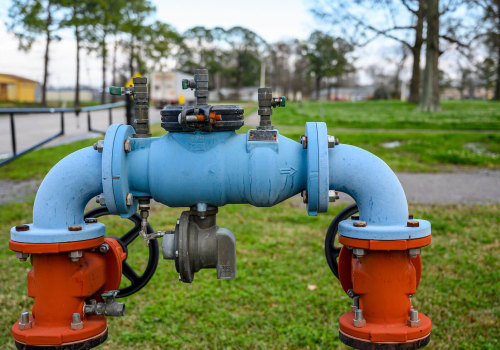
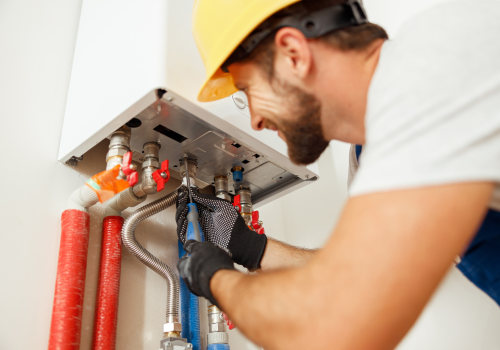
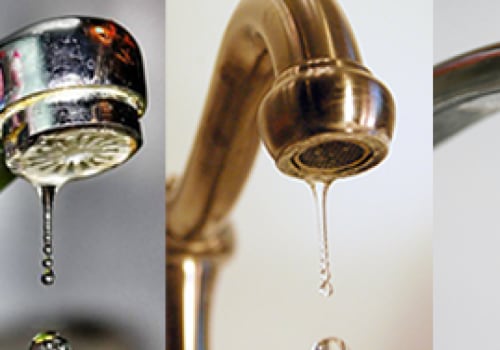
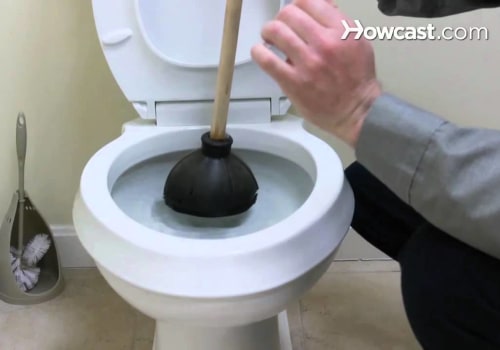
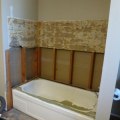
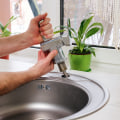
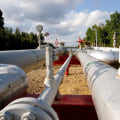
Leave a Comment